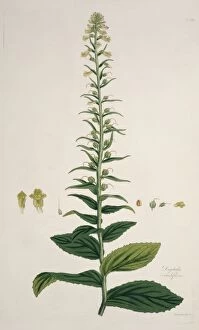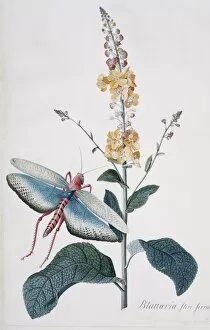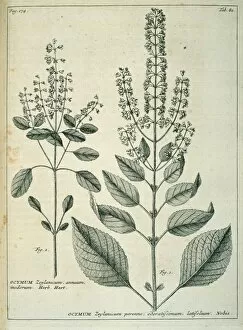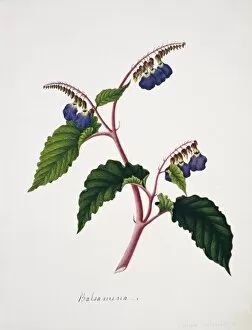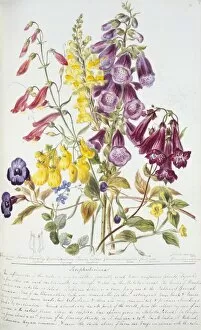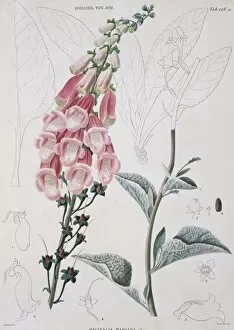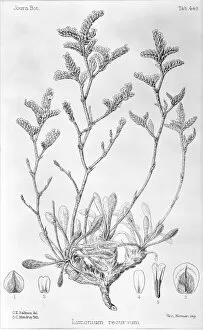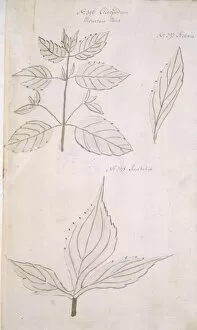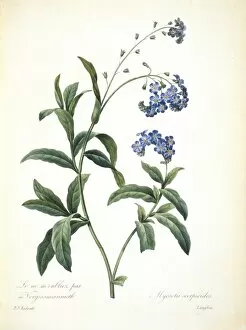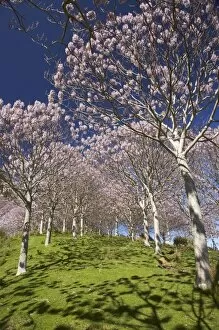Lamiales Collection (#6)
"Lamiales: A Diverse World of Flora and Fauna" Discover the enchanting world of Lamiales
For sale as Licensed Images
Choose your image, Select your licence and Download the media
"Lamiales: A Diverse World of Flora and Fauna" Discover the enchanting world of Lamiales, a diverse order of flowering plants that includes an array of captivating species. From the vibrant yellow blooms of Phlomis fruticosa, also known as Jerusalem Sage, to the aromatic leaves of Ocimum sanctum, or holy basil, Lamiales never fails to mesmerize. In the depths of forests, you may spot the agile Picoides pubescens, a downy woodpecker tapping away on tree trunks. Meanwhile, groves adorned with Olea sp. , olive trees sway gracefully in gentle breezes. Delve into artistic beauty with Rhynchoglossum obliquum's masterpiece artwork C016 / 5646 – its intricate patterns and colors will leave you in awe. And let us not forget Salvia officinalis, commonly known as Common Sage plant; its soothing aroma has been cherished for centuries. Travel to Styria in Austria and be greeted by Garland flower or Rose Daphne (Daphne cneorum), spreading delicate petals across Europe's landscapes. In winter months when everything seems dormant, Jasminum nudiflorum bursts forth with golden blossoms – a true testament to nature's resilience. For those seeking tranquility and relaxation, Melissa officinalis offers lemon balm leaves that release a calming scent when gently rubbed between your fingers. Sesamum indicum stands tall as sesame plants thrive under sunny skies. Venture higher up into alpine meadows where Orange lilies (Lilium bulbiferum) paint breathtaking vistas with their fiery hues amidst species-rich surroundings. And don't miss out on Linaria vulgaris' allure; its orange nectar guides on lower lips and long spur beckon pollinators from afar. Lamiales is more than just an order; it embodies nature's creativity at its finest.

